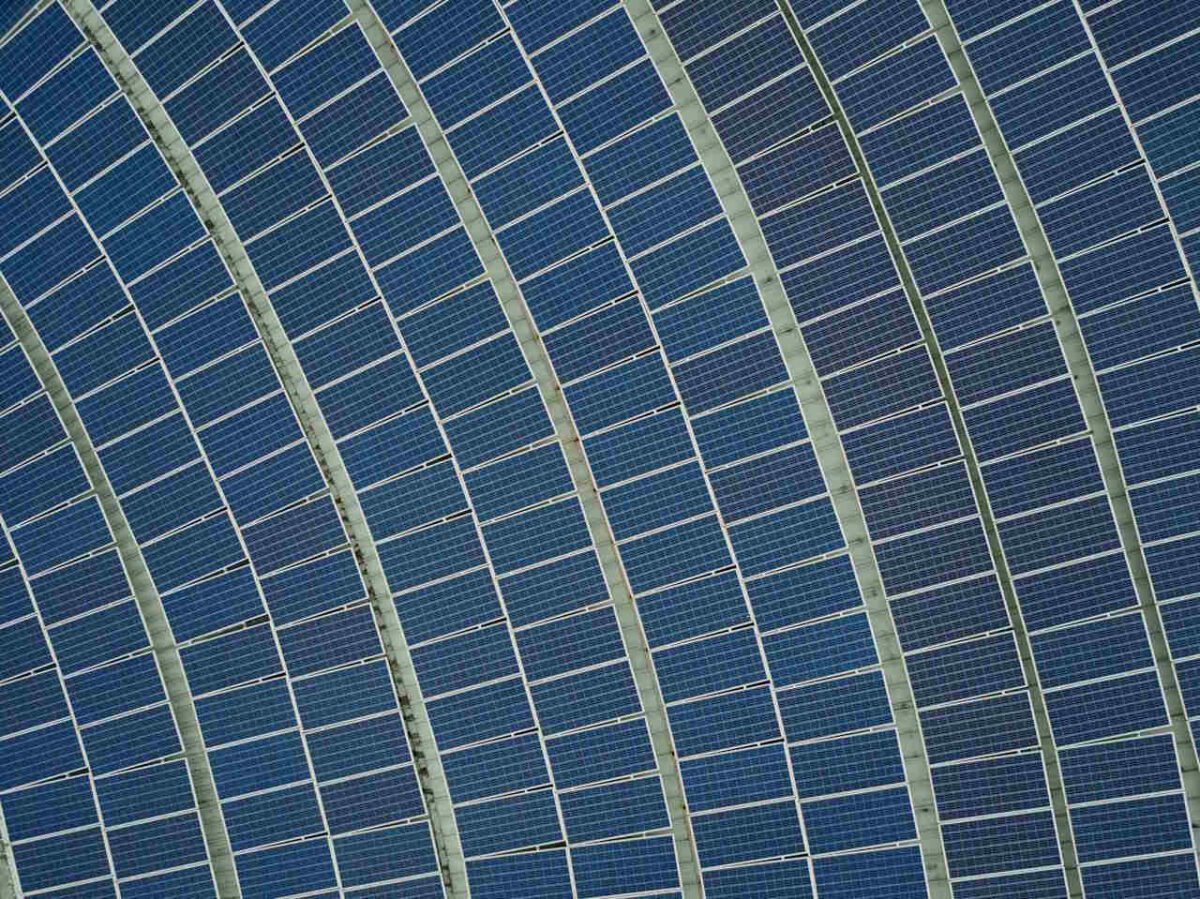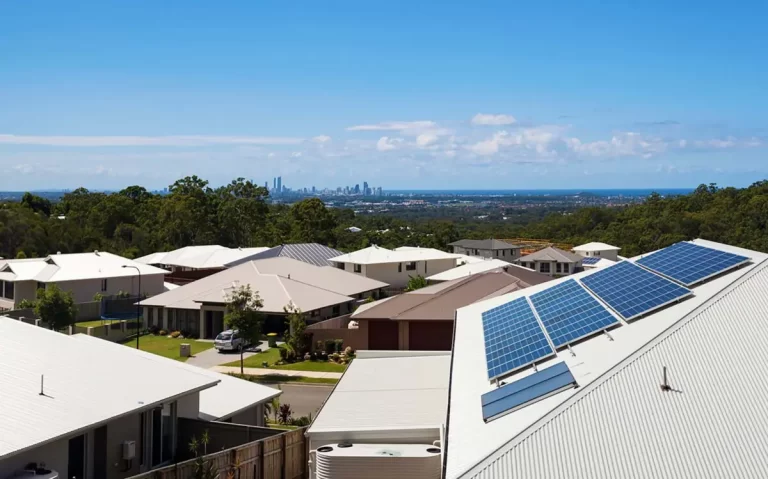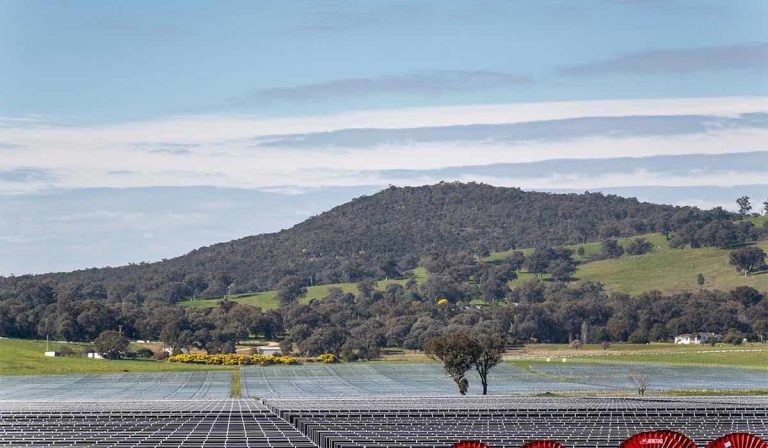Renewable Investment Surpasses Records
A recent report from BloombergNEF (BNEF) highlights the necessity for a significant increase in renewable energy investment to achieve the ambitious goal set at COP28. Despite a record $US623 billion investment in renewable energy in 2023, the report emphasises the need for this figure to double to an average of $US1 trillion annually throughout the rest of the decade.
Since COP28, the transition towards renewable energy has shown steady progress, driven by the declining costs of solar and batteries, as well as the continued affordability of wind energy. BNEF predicts a substantial rise in renewable energy capacity, with an expected 10.3 terawatts (TW) in operation by 2030, a significant increase from the 4.1 TW recorded at the end of 2023.
Challenges and Progress
Despite the positive momentum, the current figures fall short by 13 per cent of the required capacity for a net-zero pathway. However, BNEF remains optimistic that the target is still achievable with concerted efforts. Michael R. Bloomberg, UN Secretary-General’s special envoy on Climate Ambition and Solutions, stresses the importance of collaborative action across various sectors to overcome investment barriers and drive progress towards net-zero goals.
To ensure the deployment of renewable capacity aligns with the net-zero pathway, BNEF estimates a substantial increase in investment is imperative. The report suggests an annual investment of $US1 trillion between 2024 and 2030, alongside additional funding for storage and grid enhancements.
Role of Solar Energy
The report underscores the pivotal role of solar energy in driving progress towards renewable targets, with significant investments directed towards solar projects. While solar energy has witnessed rapid growth due to its cost-effectiveness, challenges such as lower capacity factors and seasonal variations necessitate a diversified approach that includes investments in other renewable technologies, batteries, and grid infrastructure.
Meredith Annex, co-lead author of the report, reiterates the achievability of tripling renewable energy capacity by 2050 but emphasises the need for governments to facilitate the expansion of renewable energy, particularly in developing nations. Strengthening power grids emerges as a critical aspect in supporting the transition to clean energy.
Overall, the report highlights the progress made in renewable energy investment post-COP28 while underscoring the urgency for accelerated efforts and increased funding to meet the ambitious targets set for a sustainable energy future.




65.jpg)

